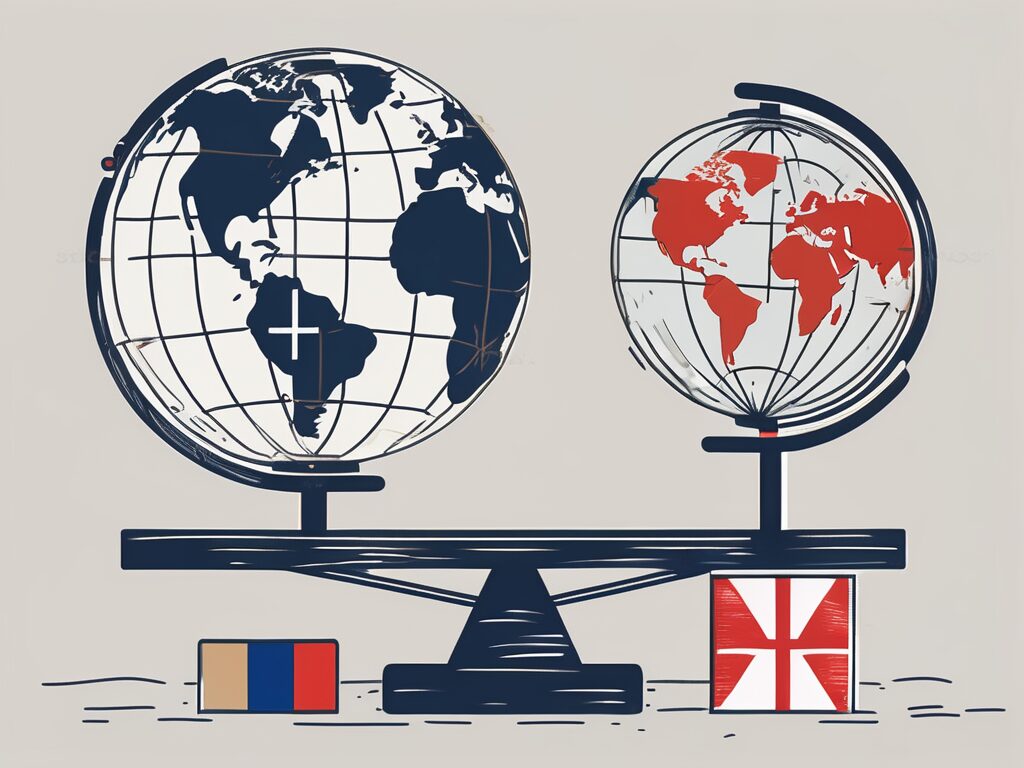Japan, a nation known for its rich cultural heritage and technological prowess, has been grappling with the challenges of bilingual education. The country’s education system, traditionally monolingual, is now facing the need to adapt to an increasingly globalised world where proficiency in multiple languages is an asset.
The Current State of Bilingual Education in Japan
The concept of bilingual education in Japan is not new, but its implementation has been fraught with difficulties. The Japanese education system has traditionally focused on rote learning, with a heavy emphasis on memorisation. This approach, while effective for certain subjects, is less conducive to language learning, which requires a more interactive and immersive environment.
Furthermore, the English language, which is the most commonly taught second language in Japan, is structurally very different from Japanese. This presents a significant challenge for Japanese students, who often struggle with English grammar and pronunciation. As a result, despite years of English education, many Japanese people are not confident in their English skills.
Challenges Facing Bilingual Education in Japan
Lack of Qualified Teachers
One of the main challenges facing bilingual education in Japan is the lack of qualified teachers. While there are many teachers who are proficient in English, few have the necessary training and experience to teach in a bilingual environment. This is akin to a football team having plenty of players, but no experienced coach to guide them.
Moreover, the demand for bilingual teachers far outstrips the supply. This is particularly true in rural areas, where resources are limited and attracting qualified teachers can be difficult. As a result, many schools are forced to rely on unqualified or inexperienced teachers, which can compromise the quality of education.
Insufficient Resources
Another challenge is the lack of resources. Bilingual education requires a significant investment in terms of textbooks, teaching materials, and training for teachers. However, many schools in Japan are struggling with budget constraints, which makes it difficult to allocate sufficient resources for bilingual education. It’s like trying to cook a gourmet meal with basic kitchen utensils – it can be done, but it’s far from ideal.
Furthermore, the lack of resources can exacerbate the problem of teacher shortage. Without the necessary resources, it can be difficult to attract and retain qualified teachers, further undermining the quality of bilingual education.
Overcoming the Challenges
Investing in Teacher Training
Addressing the teacher shortage is crucial for the success of bilingual education in Japan. This can be achieved through increased investment in teacher training. By providing teachers with the necessary skills and knowledge, we can ensure that they are well-equipped to teach in a bilingual environment.
Moreover, teacher training should not be a one-off event, but an ongoing process. Regular refresher courses and workshops can help teachers stay up-to-date with the latest teaching methods and techniques. This is similar to how athletes need to continuously train and improve their skills to stay competitive.
Securing Adequate Resources
Securing adequate resources is another important step towards overcoming the challenges of bilingual education. This can be achieved through increased funding for schools, as well as partnerships with external organisations. For example, schools could partner with publishers to get access to high-quality bilingual textbooks and teaching materials.
Furthermore, technology can play a crucial role in resource allocation. Online learning platforms and digital textbooks can provide a cost-effective alternative to traditional teaching materials. This is akin to replacing a library full of books with a single e-reader – it’s not only more efficient, but also more accessible.
Conclusion
Despite the challenges, the potential benefits of bilingual education are immense. Not only can it enhance students’ language skills, but it can also broaden their cultural horizons and prepare them for a globalised world. Therefore, it is crucial for Japan to overcome these challenges and invest in bilingual education.
Like climbing a mountain, the journey may be tough, but the view from the top is worth it. With the right strategies and resources, Japan can overcome the challenges of bilingual education and reach new heights in language learning.
Elevate Your Teaching Career with IPGCE
As Japan navigates the complexities of bilingual education, educators equipped with the right qualifications will lead the way. IPGCE offers a transformative opportunity for teachers seeking to enhance their credentials and thrive in international settings. By joining the UK’s #1 Teacher Training Course, you’ll not only increase your chances of securing interviews but also unlock potential career advancements and salary increases. Embrace the chance to connect with a global network of professionals, gain a deeper understanding of diverse education systems, and pursue professional development without compromising your current responsibilities. Join the IPGCE program now and become a pivotal part of the evolving landscape of bilingual education in Japan and beyond.

